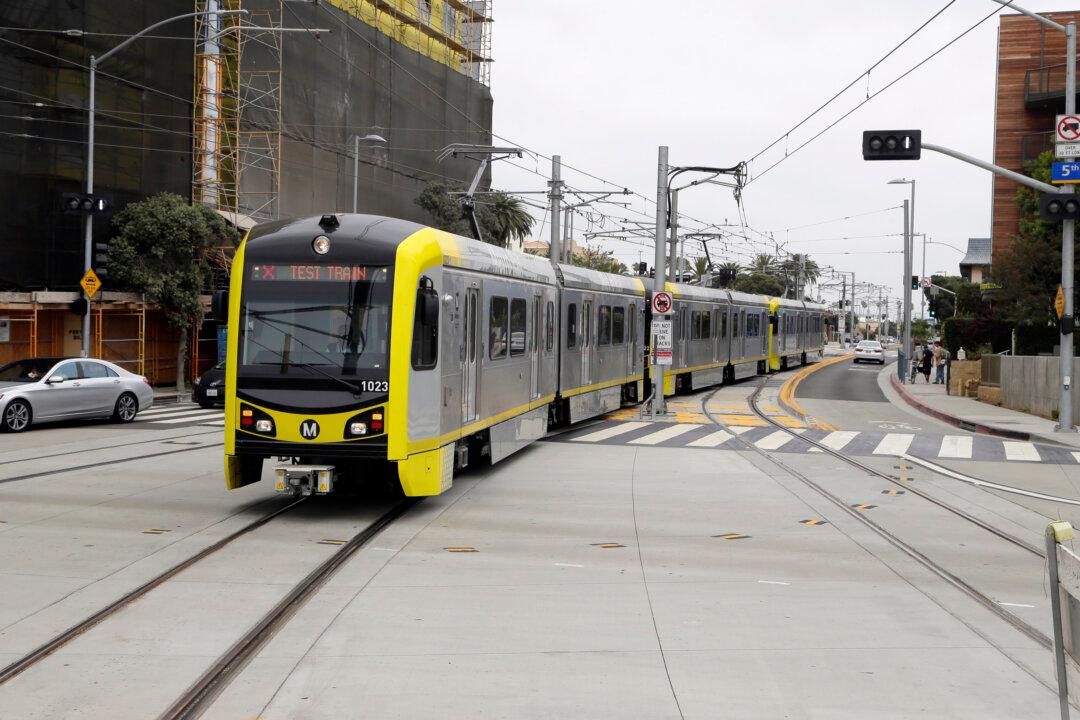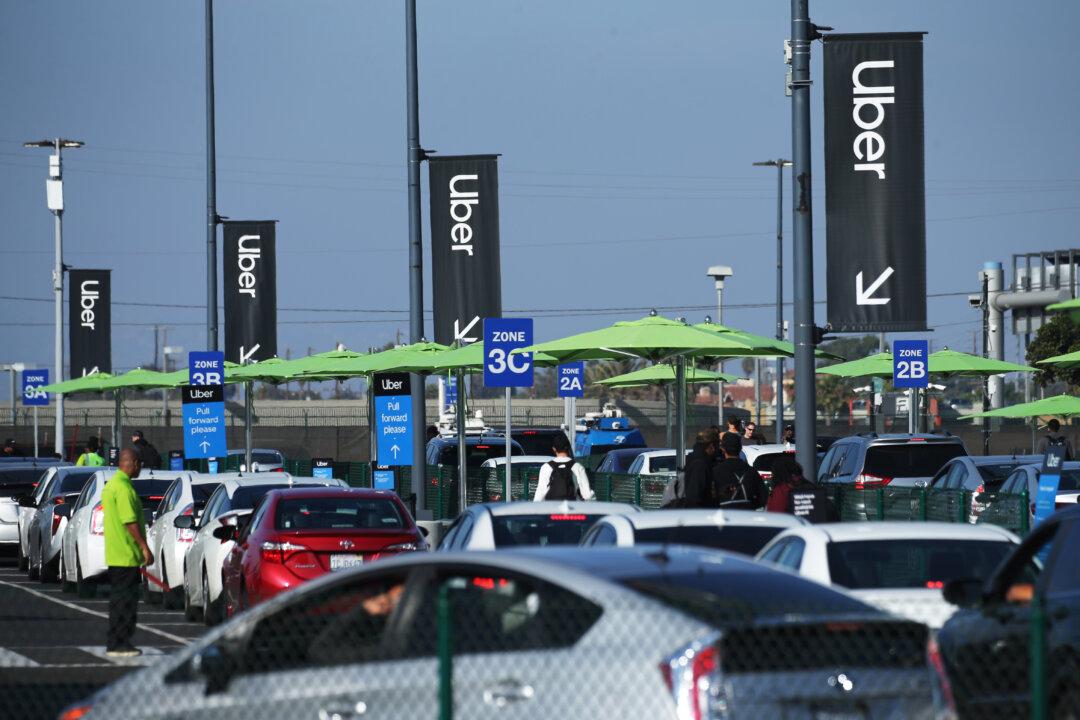After Gavin Newsom issued an executive order to dedicate more than $5 billion of annual state transportation spending toward efforts to reduce greenhouse gas emissions last month, critics have accused the California governor of diverting funds meant for fixing roads to rail projects.
In the order (pdf), Newsom directed the state to use the money “for construction, operations and maintenance to help reverse the trend of increased fuel consumption and reduce greenhouse gas emissions.”





